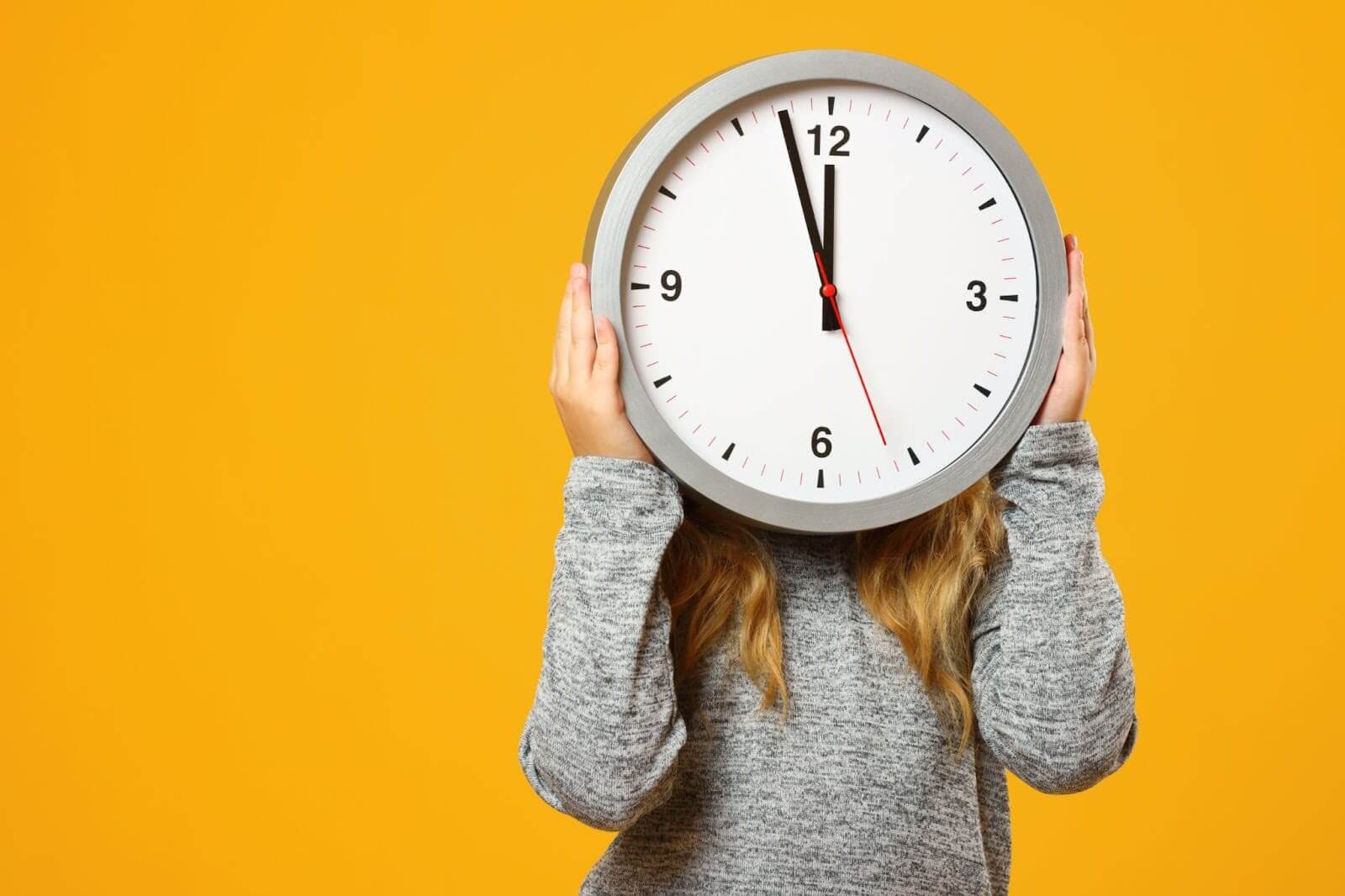Another beautiful summer season is about to end, but that doesn’t mean your love for the planet has to! All summer long, you’ve been green – ditching those pesticides, composting leftover food, and replacing plastic water bottles with reusable ones. Heck, you even rode your bike to work a few times! Don’t let the autumn weather and the beginning of school stop you in your green tracks. When school is in session, there will be plenty of reducing, reusing, and recycling that can be done while you are reading, writing, and doing arithmetic! Where shall you begin? How about in your supply bag.
Believe it or not, an average American family with school aged children spends about $500 on supplies for the school season. Because these supplies are a necessity, we wind up buying disposable supplies like pens and glue sticks that will do the job. But these supplies are often thrown away before their time. In fact, six billion pens are thrown away in the United States every year.
Paper is another school supply that is wasted quite often. The average school throws away almost 40 tons of paper every school year. About 650 trees are cut down each year just for paper, which is why purchasing recycled paper and then recycling it after using it is important. Think about it, for every 220,000 sheets of paper that is recycled, 17 trees are saved. So remember, don’t be afraid to follow your path of green and learn behaviors that can last the entire school season and beyond.
Here are a few more things to help you along your green journey:
Plan your green strategy ahead of time.
Think about your green approach. Will you be bringing lunch every day? Which supplies can you use from last year? Can you reuse your old gym bag or lock for your locker? Can I use one loose leaf binder instead of separate notebooks for my courses?
Prepare a list of what you know you need, what you think you might need, and what you want, and carefully consider which items go in which section of the list.
Go through inventory.
Take a look at what you have from last year. Shoes, backpacks, notebooks, markers, extra pencils and pens, etc., and see which items can be used again. Avoid last-minute impulse purchases by making a list of what you need and sticking to it.
When it comes to buying pens and pencils, choose refillable pens and biodegradable pencils. Encourage your children to use their pens and pencils as long as they can before switching to a new one.
Cut down on paper consumption. Buy products with the highest percentage of post-consumer recycled content that is PCF, or processed chlorine free, like Mead Recycled Notebooks and New Leaf Printer Paper. To save paper, use both sides of the page when taking notes, and use a flash drive instead of printing and toting assignments to and from school.
Use Caution When Shopping for School Supplies.
Think twice about loading up on supplies in the beginning of the year, especially if the supplies are not used every day. Also, don’t be tempted by buying the better deal on a dozen bottles of glue if you know you only need three. Covering textbooks with cut-up grocery or shopping bags helps reduce waste and keeps your books in good condition.
Green Lunches.
Tote your lunch in a PVC-free, thermally insulated lunch bag. Keep lunches cool by freezing water or juice in a reusable container and putting it in the bag. Instead of using Ziploc bags and tinfoil to wrap sandwiches and snacks, use reusable plastic containers. Instead of packing plastic bottles for beverages, use metal ones. Klean Kanteen has a variety of sizes and designs.
Get your kids involved in packing healthy lunches by letting them choose the ingredients. For a snack, pick apples, oranges, bananas, and other healthy fruit that come with their own compostable wrapping. Pack homemade granola bars instead of purchasing individually wrapped purchased bars, or pack some fruit or vegetable sticks and a couple of slices of cheese. Leftovers also make great lunches.
If you buy lunch, take and use only what you need, such as one napkin, one ketchup packet, one salt and/or pepper packet, and silverware. Recycle your cans and bottles, and separate your waste in the school separation bins.
Clothes Shopping.
Almost half of the money spent on back to school shopping goes to buying clothes. Hand-me-downs are a great place to get started, and so are thrift stores. When heading out to the mall to buy school clothes, choose well-made, high-quality items made from more sustainable fabrics like organic cotton or bamboo.
Getting to School.
Getting to school can also be green. If school is nearby, walking or biking is the way to go. If walking, biking, or busing are not options, why not save gas and start a parent carpool and divide the ride?
Keep Up With Your Green Ways.
Greening your back to school experience is a great way to start the year, and a great way to make progress toward a sustainable lifestyle. So, why not keep it going all year round? Apply the lessons you have learned preparing to go back to school to other parts of your life.



